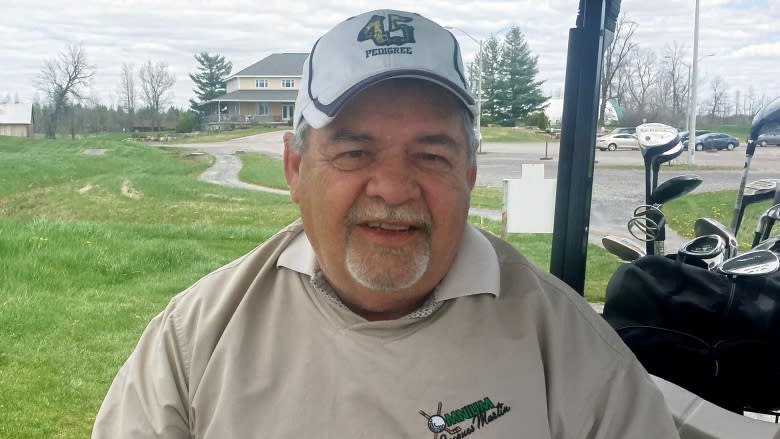YOW-bound jets to take more direct flight path over city
New flight paths optimized for fuel efficiency will bring commercial aircraft landing at Ottawa International airport over some new neighbourhoods.
So-called performance-based navigation procedures are being used by NAV Canada to reduce the impact on the environment, through the reduction of greenhouse gases.
NAV Canada, the private company that owns Canada's civil air navigation service, and which operates airport control towers and area control centres across the country, has announced public consultation sessions on the new arrival paths.
"We did noise modelling to see what the impact would be on community noise," says NAV Canada's Jonathan Bogg.
"The noise impacts are expected to be minimal. [The] flight paths are in areas that already experience flight, but we've tried to apply an approach that avoids over-flight of communities."
Pilots to follow precise, 3D paths to runways
The new arrival flight paths will take advantage of Required Navigation Performance, or RNP. Currently, only about 25 per cent of the commercial aircraft arriving at Ottawa's Macdonald-Cartier International Airport are equipped to follow RNP routes, but that number is expected to grow.
RNP takes advantage of satellite-based positioning systems that allow the pilot of a commercial aircraft to follow a precise, three-dimensional path in the sky.
In a series of maps on the navigation company's website, the proposed new arrival plans are overlaid on existing flight paths. The new, shorter, more direct RNP paths appear to lead pilots more directly onto the tarmac, with the final turn toward the runway happening over neighbourhoods closer to the airport itself.
For golfers, air traffic is par for the course
Proposed arrival paths for Runways 32 and 25 appear to make their final button hook and approach over an area of Carlsbad Springs where Anderson Links golf course is located.
Golfers there said no matter what course they played, airplane traffic was a constant.
"You hear them coming and when you're ready to play, you play. You don't let that bother you," said Gilles Bazinet.
"I play bad anyways, so it doesn't really matter," he joked.
Bazinet wasn't concerned that by the end of the year, more airline pilots could be lining up over the same fairways where he was. "I don't think you're doing a bad thing if you're saving fuel. It's good for the economy, it's good for everyone."
Quieter and more efficient routes
NAV Canada says the modern guidance technology makes it possible for aircraft to repeatedly fly safe, efficient and predictable routes.
The company is updating approach paths at Canadian airports so that aircraft equipped with RNP technology can take advantage of shorter paths on approach.
Those 3D paths also typically allow a pilot to maintain a continuous descent, with engines idling and therefore quieter.
"Continuous descent arrivals reduce the amount of time that aircraft spend at a level attitude," says Johnathan Bagg. "When they're at a level attitude, they're burning more fuel, they're louder, they're less efficient. RNP is one way for us to achieve quieter and more efficient routes."
Greenhouse gases to reduce 750 metric tonnes a year
NAV Canada estimates the proposed, shorter and more direct routes to the runways will save up to two minutes of flying time for arrivals.
Greenhouse gas emissions will also be cut by 750 metric tonnes each year at Ottawa airport. That's equivalent to about 300,000 litres of aviation fuel saved.
There are no proposed changes for departure routes, which are louder since the aircraft's engines are typically at or near full throttle.
NAV Canada is holding two community consultation sessions next month.
- June 2, 6:30 to 8:30 p.m., Good Shepherd School Gymnasium, 101 Bearbrook Rd.
- June 22, 6:30 to 8:30 p.m., Maurice-Lapointe School Gymnasium, 17 Bridgestone Dr.
If adopted as proposed, commercial aircraft equipped with RNP could be using the new approaches by the end of this year.




